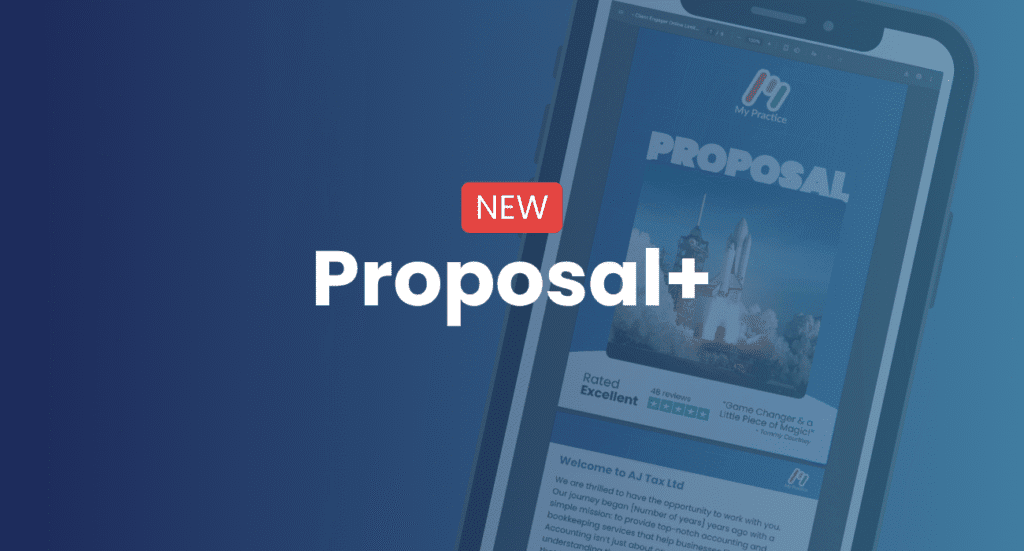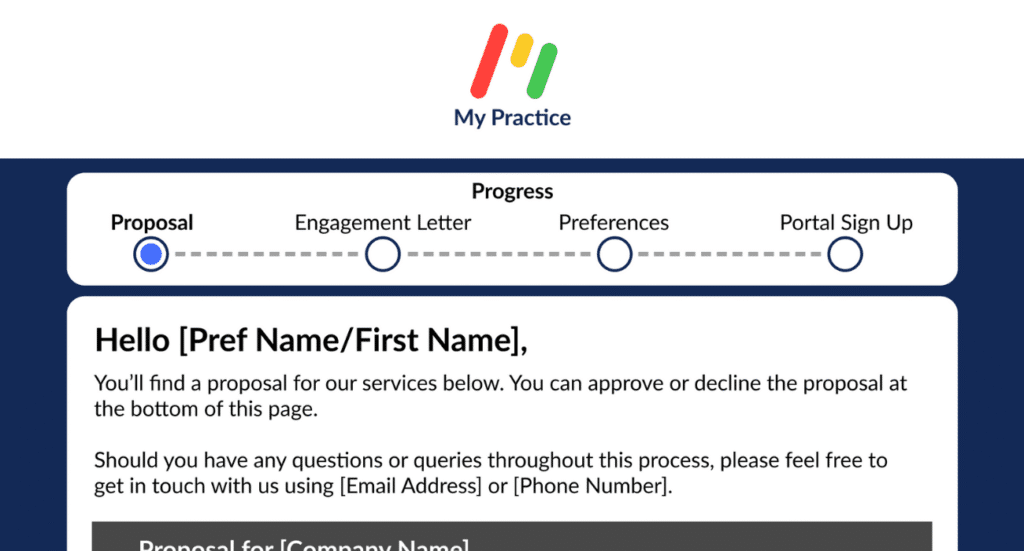Insights from our recent pricing webinar
Pricing services effectively has always been one of the most challenging aspects of running an accounting practice. Over the past seven years of managing my own firm, and handling pricing on a daily basis. I’ve learned that there’s no “one-size-fits-all” approach. In this post, I’m sharing my insights and strategies for confidently setting and adjusting fees in an industry that’s constantly evolving, especially with new challenges like Making Tax Digital (MTD) on the horizon.
My Personal Journey with Pricing
I’ve been in the trenches when it comes to pricing. Every day, I deal with the fear and uncertainty of pricing my services, not just for myself, but for my team as well. I know what it feels like to worry about whether you’re charging too little or too much. Over time, I’ve come to understand that the key is not to find the “perfect” price, but to find the price that works for both you and your clients. After all, if you aren’t confident in your pricing, neither will your clients be.
I even put together a free PDF guide on pricing for accountants and bookkeepers, which you can download from the Engager.app website.
What I’ve Learned About Pricing Models
During one of my recent webinars, I conducted a poll to understand how my peers are currently pricing their services. Here’s what I found:
- 37% of accountants charge a fixed monthly fee.
- 9% rely on hourly rates.
- 4% use value pricing.
- 51% use a combination of these methods.
This mix clearly shows that flexibility is essential. There isn’t one right way to price; the method you choose should align with what you’re comfortable with and what resonates with your clients.
Adapting to New Regulatory Challenges: The Impact of MTD
One of the hottest topics we discussed was MTD and its pricing implications. MTD requires us to file multiple reports each year, which has made pricing even more complex. In my experience, many firms are considering an extra charge of between £25 and £50 per filing to cover the additional work involved.
When I introduced these fees to my clients, I made sure to explain that these changes weren’t arbitrary—they were a response to new legal requirements. Breaking down the costs into smaller, manageable monthly figures (for example, converting an annual fee increase into an extra £18 a month) made it easier for my clients to accept the change.
Strategies for Adjusting Fees and Managing Inflation
Here are some of the tactics I’ve found effective:
- Annual Fee Reviews: Every year, I review my pricing schedule to see if adjustments are needed based on changes in workload, transaction volumes, and inflation. I typically build an automatic fee increase into my letters of engagement—either matching the government’s inflation rate or a minimum of 2% every April.
- Bundled Increases: Sometimes, if a fee hike is significant, I split the increase into two parts. This gradual approach helps ease the transition for clients.
- Menu Pricing Approach: I’ve also found success with a ‘menu’ style pricing model, where I assign individual prices to each service. This method allows me to adjust fees for specific services without overhauling my entire pricing structure.
Leveraging Community and Resources
One of the most valuable resources I’ve discovered is our community. Whether it’s through online forums, social media groups like the Engager Facebook Community, or networking events such as Accountex London, engaging with peers has been crucial. We share our wins and our losses, and this exchange of ideas has been instrumental in refining my pricing strategies.
I encourage you to take advantage of available resources:
- Download our free pricing guide here Engager.app/pg.
- Join our webinars and community discussions to keep abreast of new ideas and strategies.
Embracing the Infinite Game of Pricing
A concept that has fundamentally changed my approach to pricing is what I call the “infinite game.” Instead of focusing solely on short-term gains, I now look at the long-term value of each client. A slightly lower fee today can lead to a long-lasting relationship that’s worth significantly more over time. This mindset shift has allowed me to make pricing decisions that prioritise long-term growth over immediate profits.
Final Thoughts
Pricing for accountants and bookkeepers in 2025 is more than just a numbers game—it’s about building confidence, understanding your value, and continuously adapting to market changes. By implementing regular fee reviews, being transparent with clients about regulatory changes like MTD, and leveraging the collective wisdom of our community, you can set pricing strategies that are both competitive and sustainable.
Let’s work together to ensure that our practices not only survive but thrive in this dynamic landscape. Here’s to mastering pricing and growing our businesses for the long haul!
I hope these insights help you refine your pricing strategies and boost your practice’s profitability. If you have any questions or need further guidance, please feel free to reach out or join our community discussions.
Cheers,
Johann Goree






